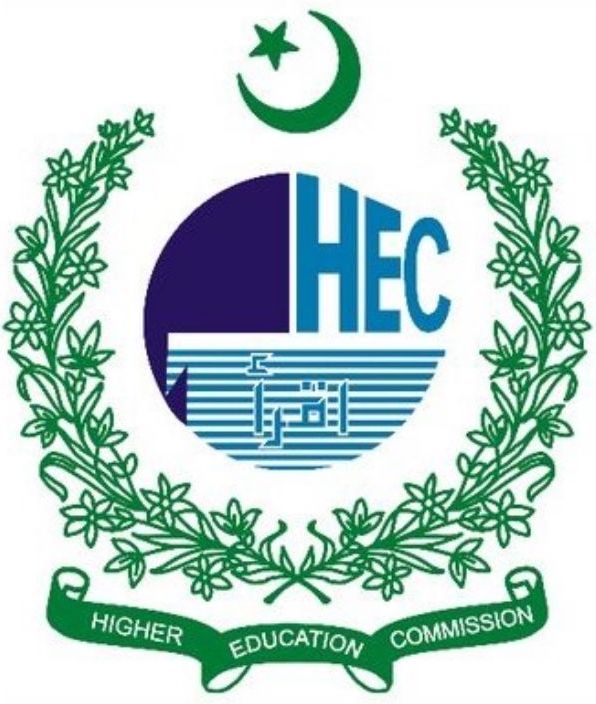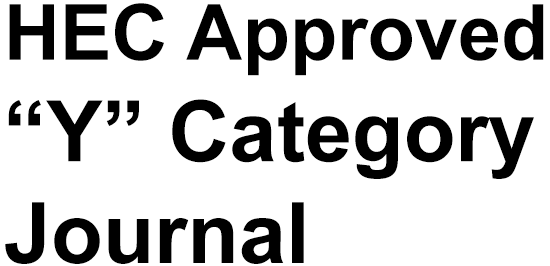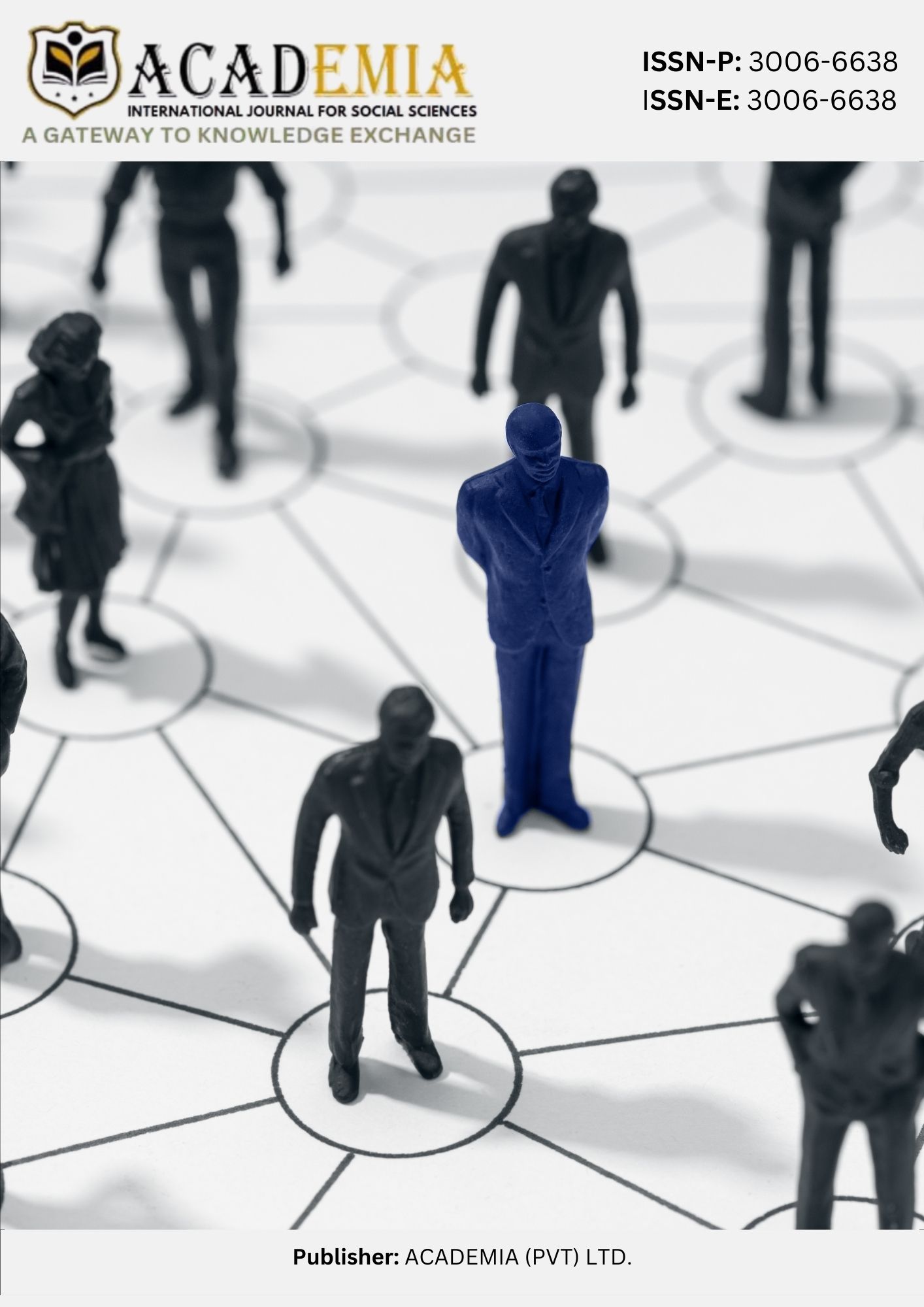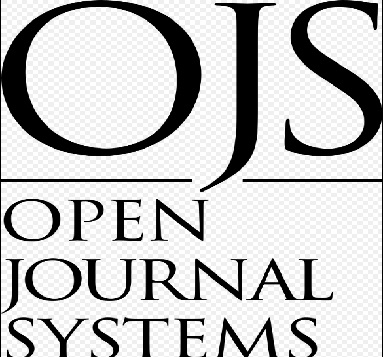Judicial Reforms or Control Mechanisms Exploring the Real Impact of the 26 Constitutional Amendment
DOI:
https://doi.org/10.63056/ACAD.004.03.0557Keywords:
Legitimate amendments , Legal independence , Judicial honesty , Rule of law , Parting of powers , Institutional conflict , Ascendency reform , Legal accountabilityAbstract
This paper is an exploration of the convergence between legal reforms and judicial crisis in Pakistan and concentrates on the 26th Constitution amendment and how it has been declared as a black day by the judiciary. This study discusses why the said amendment, which was intended to solve governance issues, brought about much controversy in the legal and political arena. In the qualitative research design, the paper examines the chronicle development of the judicial reforms in Pakistan, the contents and the aim of the 26 th Amendment and issues that contributed to the protest by the judicial fraternity. The results indicate that the amendment that is supposedly meant to enhance governance questioned the independence of the judiciary because of what was seen as political interference. A wider tension of the judiciary and other arms of government can be observed in the "Black Day" declaration which demonstrates the lack of structural and procedural points in the legal framework in Pakistan. Comparative studies that have taken place in countries with similar legal systems serve to underline the need to maintain a level of independence to the judiciary in reforms. The results of this study contribute the discussion on the tradeoff between legal reform and judicial independence and propose measures of fostering openness, consultations with stakeholders, and quality of institutions. In case these challenges are addressed, Pakistan would subsequently be capable of preventing the judiciary against such crises in future as well as ensuring successful delivery of justice.
Downloads
Published
Issue
Section
License
Copyright (c) 2025 Qamer Zia, Dr Muhammad Rizwan, Dr Muhammad Adil (Author)

This work is licensed under a Creative Commons Attribution 4.0 International License.












